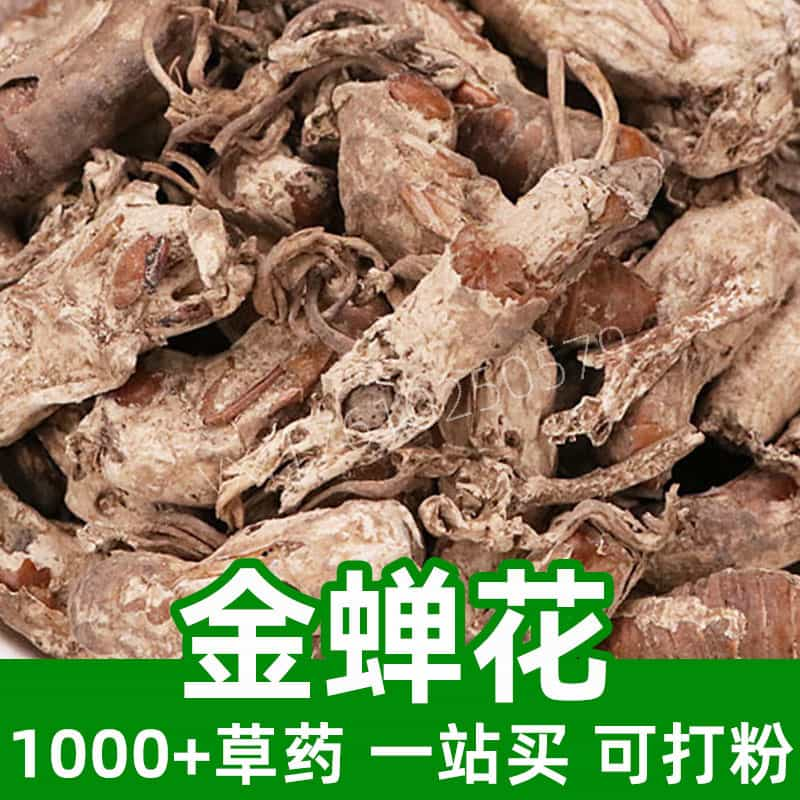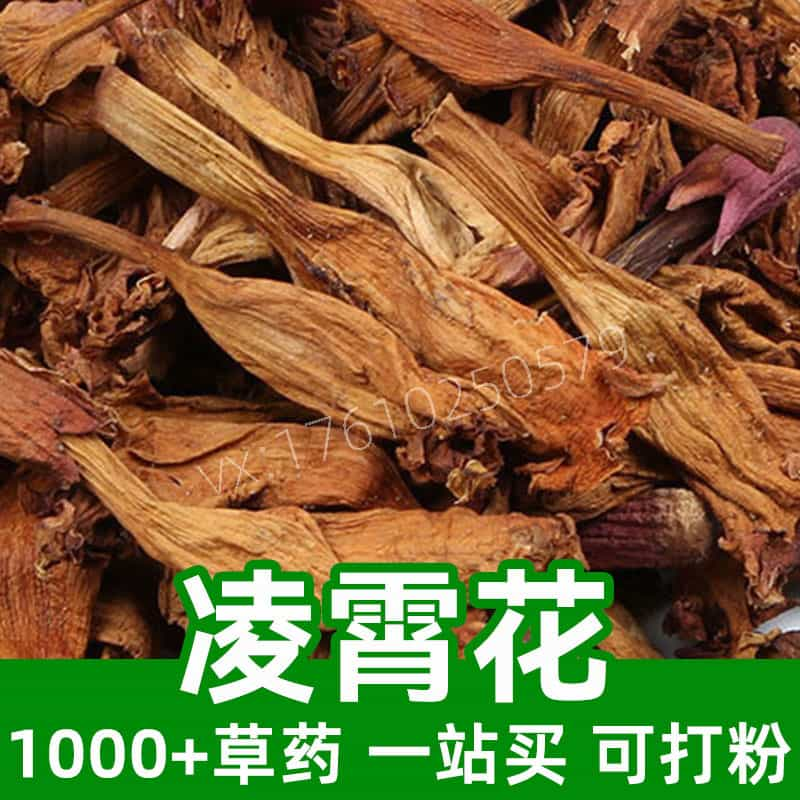Rice Sprout Product Introduction
Rice sprouts are young shoots that form from sprouted rice seeds, known for their nutrient density. They are rich in protein, carbohydrates, fiber, vitamins C and E, and folic acid. Typically grown 5-7 days after rice is planted, rice sprouts are widely used in Asian cuisine, especially in Chinese dishes, such as cold dishes, salads, and hot pot ingredients. These sprouts are light green, slender, soft, and fresh-smelling, offering a tender texture. They can be eaten raw or processed into products like rice sprout powder or beverages. Due to their rich nutritional content, they hold value both as a food ingredient and for health, making them a great choice for a balanced diet.
Main Active Components in Rice Sprouts
Rice sprouts are nutrient-dense due to the sprouting process, and key components include:
- Protein: Essential for body growth and repair, rice sprouts provide a good protein source.
- Carbohydrates: An important energy source necessary for daily functioning.
- Dietary Fiber: Helps promote digestive health, easing constipation and other issues.
- Vitamin C: Antioxidant that supports immunity and overall health.
- Vitamin E: Antioxidant that protects cells, slows aging, and promotes skin health.
- Folic Acid: Vital for metabolism and essential for pregnancy health and fetal development.
- Trace Elements: Contains calcium, iron, zinc, and other minerals that support bone health and red blood cell formation.
- Enzymes: Increased enzyme activity during sprouting aids in food digestion and nutrient absorption.
These components contribute significantly to human health, providing essential nutrients when consumed in moderation.
Rice Sprout Applications and Usage
Rice sprouts, rich in nutrients, are used across traditional Chinese medicine and culinary applications.
- Traditional Chinese Medicine:
- Heat Relief and Detoxification: Used to treat fevers, inflammation, and other conditions.
- Moisture and Fluid Regulation: Effective for conditions like edema and low urine output.
- Nutritional Supplement: Provides essential vitamins and minerals that help maintain health.
- Food Therapy: Used in soups and stir-fries to support digestive health.
- Culinary Applications:
- Nutritious Vegetable: Eaten fresh as a vegetable, adding flavor and nutrition to dishes.
- Cold Dishes: Ideal for salads and cold dishes, offering a refreshing taste.
- Soups: Pairs well with other ingredients in soups, providing a mild, fresh flavor.
- Noodle and Dumpling Additive: Chopped rice sprouts add texture and nutrition to noodles and dumplings.
Usage Recommendations:
- Herbal Decoction: Boil dried rice sprouts with other herbs for 20-30 minutes; drink 1-2 times daily.
- Vegetable Cooking: Fresh rice sprouts can be sliced or chopped and added to dishes, ensuring minimal cooking time to retain color and texture.
- Soup Preparation: Combine rice sprouts with other ingredients and simmer for 20-30 minutes, seasoning to taste.
Overall, rice sprouts, as a nutrient-rich vegetable, have promising uses in both traditional medicine and food applications, supporting a healthy diet.
Rice Sprout Plant Source, Distribution, and Growth Environment
Rice sprouts are the young shoots from rice seeds (Oryza sativa L.), valued for their economic and nutritional benefits.
- Plant Description:
- Scientific Name: Oryza sativa L.
- Common Names: Rice Seedling, Paddy Leaf
- Appearance: Light green, slender leaves during the sprouting stage.
- Distribution:
- Origin: Native to China, regarded as the “homeland of rice.”
- Global Spread: Cultivated globally, especially in East, Southeast, and South Asia, and parts of Africa.
- Growth Environment:
- Climate: Thrives in warm, humid conditions with temperatures between 20-35°C and ample rainfall.
- Soil Requirements: Grows best in rich, nutrient-dense paddy soils.
- Growth Cycle:
- Sprouts in 5-7 days under suitable conditions, eventually maturing into full rice plants.
- Growth Method:
- Rice is an aquatic plant that requires abundant water for optimal growth.
- Under sufficient sunlight and moisture, rice sprouts develop vibrant green leaves.
- Primary Growing Regions:
- China: Major rice-growing areas include the southeast coast, Yangtze River basin, and southern provinces.
- Southeast Asia: Key regions include Thailand, Vietnam, and the Philippines.
- Optimal Growing Season:
- Grown mainly in spring and summer when temperatures and water levels are ideal.
- Cultivation Techniques:
- Techniques vary by region, including irrigation, fertilization, and pest control.
Rice sprouts come from rice plants that grow in warm, moist climates with abundant water and fertile soil. They are mainly found in China and Southeast Asia and provide valuable nutrients.
Rice Sprout Harvesting, Processing, and Storage
Proper harvesting, processing, and storage ensure the quality and nutritional value of rice sprouts.
- Harvesting:
- Sprouts are typically harvested 5-7 days after planting, when still tender.
- Select healthy, pest-free plants, using tools that prevent damage.
- Processing:
- After harvesting, rice sprouts are cleaned to remove impurities and pesticide residues, sorted for quality, and any unwanted leaves are removed.
- Storage:
- Fresh sprouts should be stored in a dry, ventilated area, away from direct sunlight.
- Ideal storage uses breathable containers, with regular checks to prevent spoilage.
- Packaging:
- For transport, sprouts are typically packaged in breathable materials like plastic or mesh bags.
- Packaging must balance sealing and ventilation to maintain freshness.
- Shelf Life:
- Proper storage extends freshness, with periodic checks ensuring no odors or mold.
Monica Sun is a seasoned expert in the natural raw materials industry, with over a decade of experience specializing in traditional Chinese medicinal herbs, spices, and fungi. She is skilled in the sourcing, processing, and application of these materials, emphasizing sustainability and innovation. Monica Sun has contributed to the development of high-quality natural raw materials that serve as essential components in functional foods, pharmaceuticals, and cosmetics, delivering tailored solutions to meet diverse market needs.













